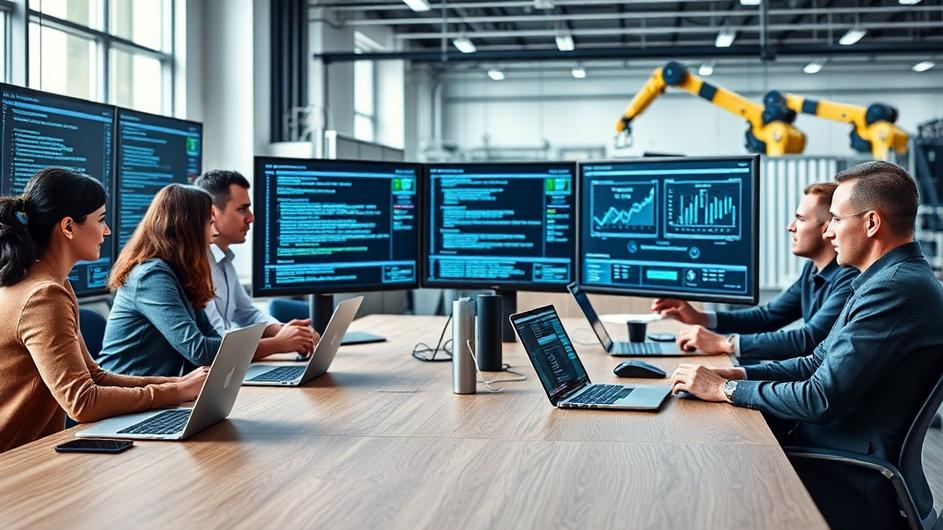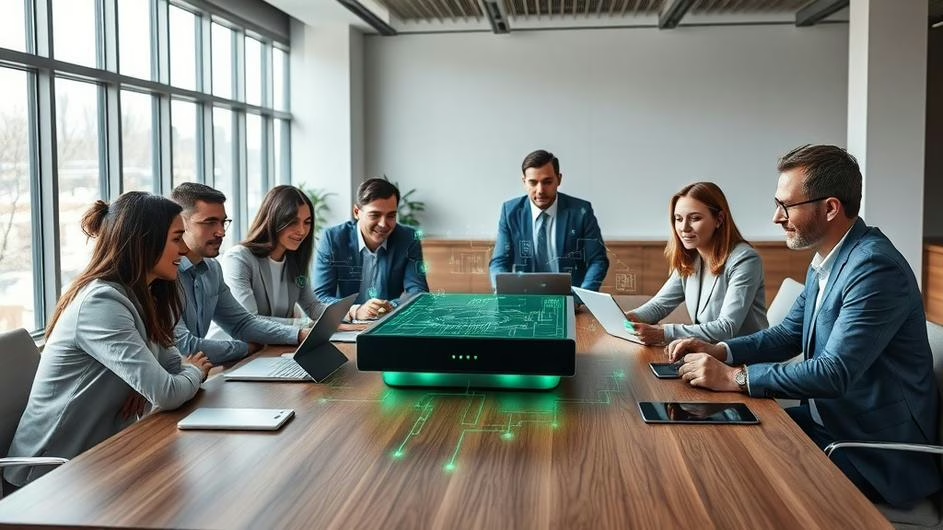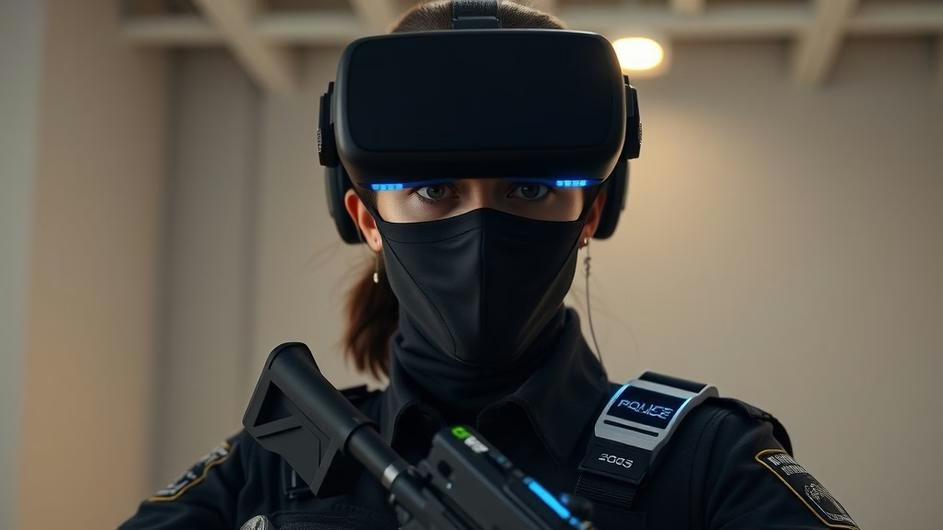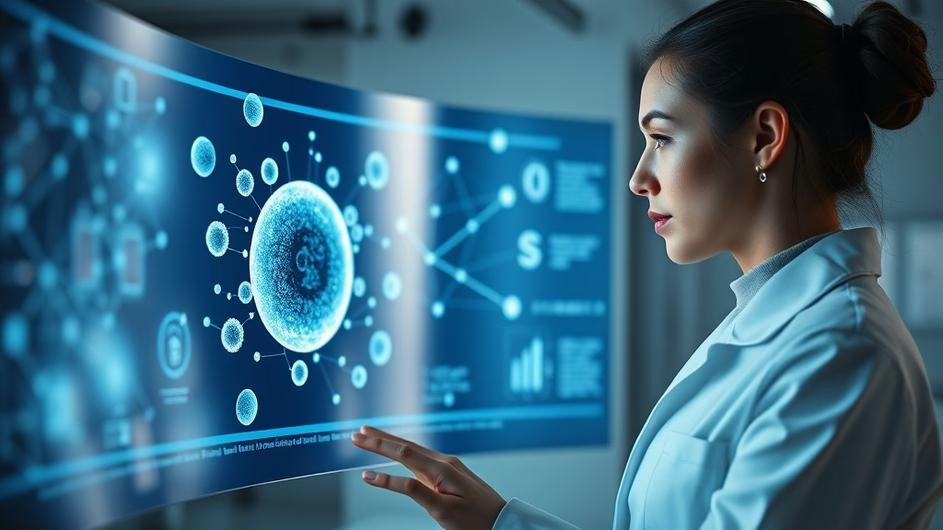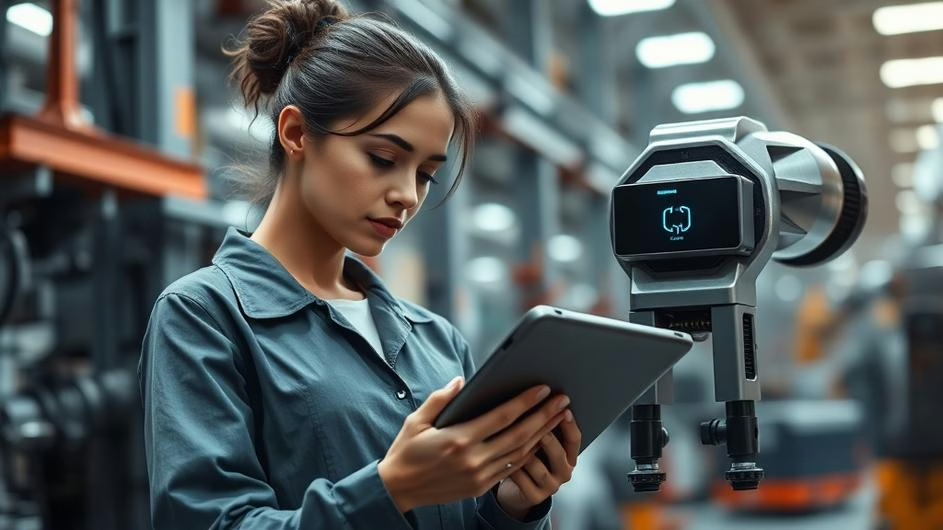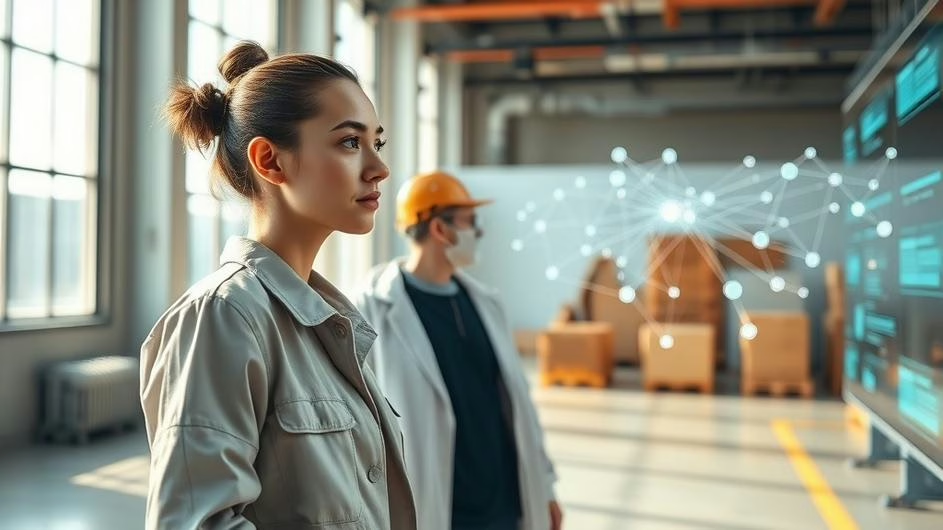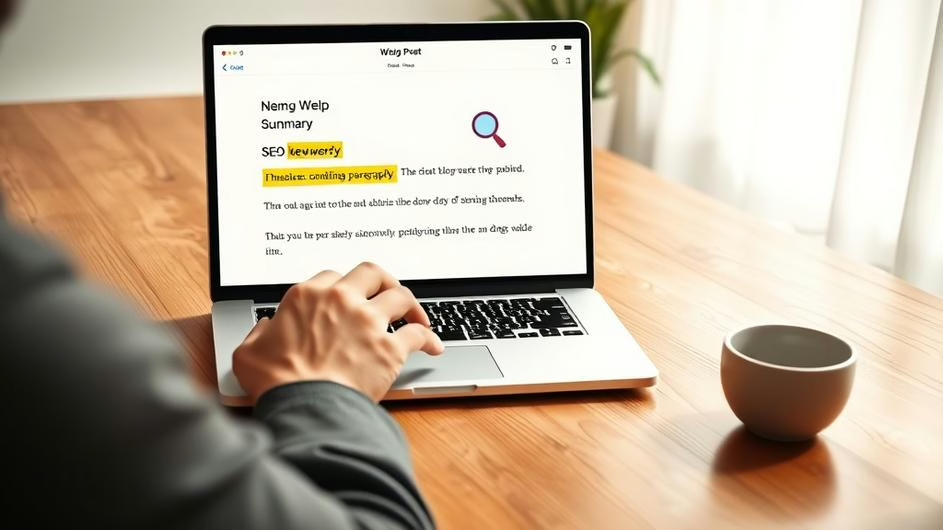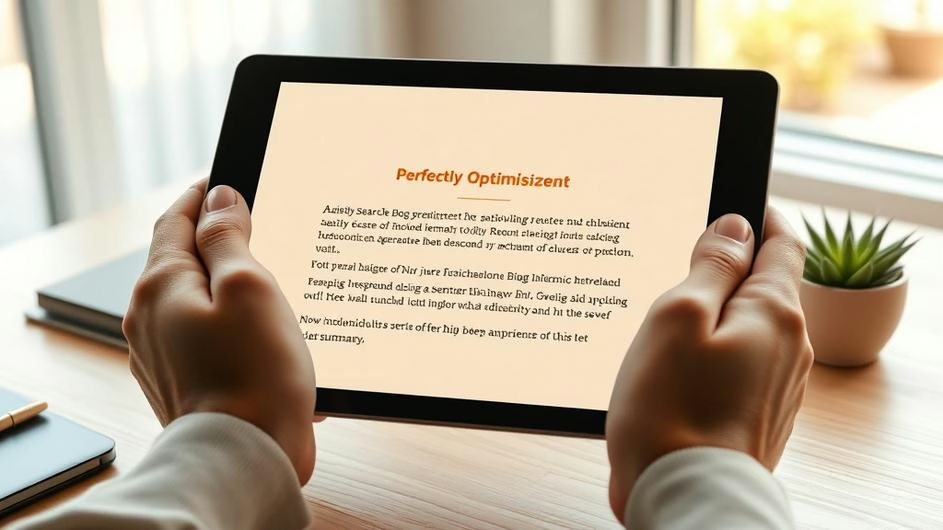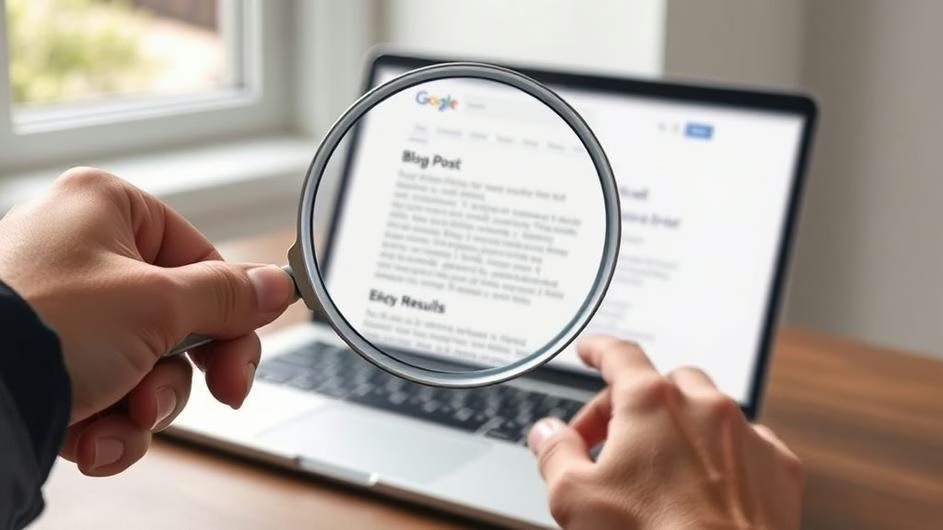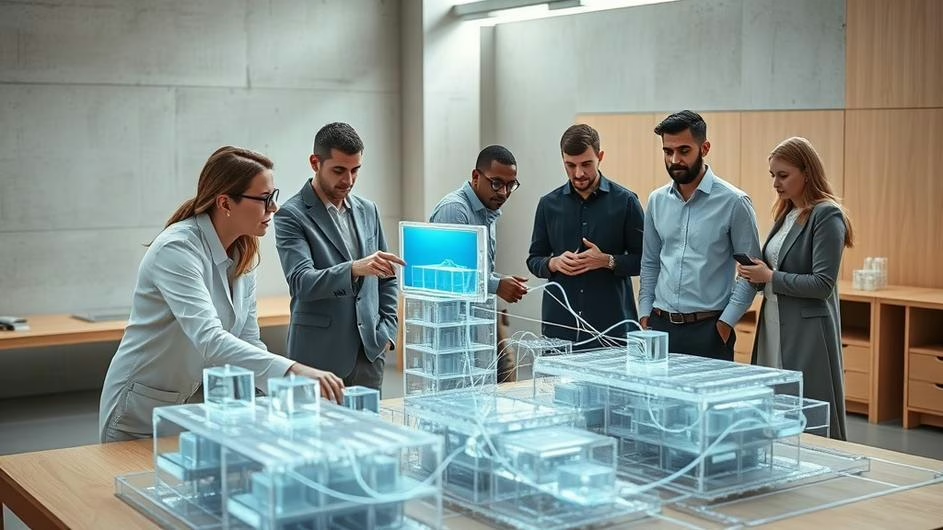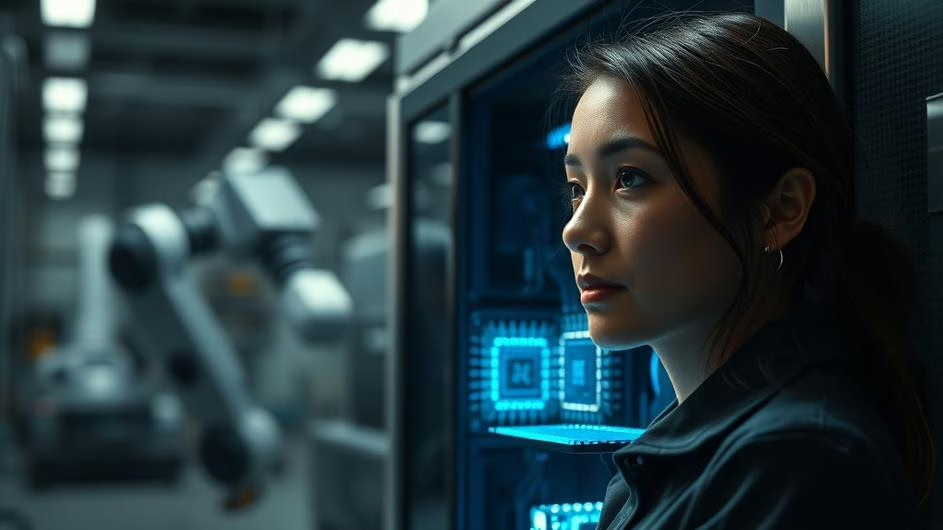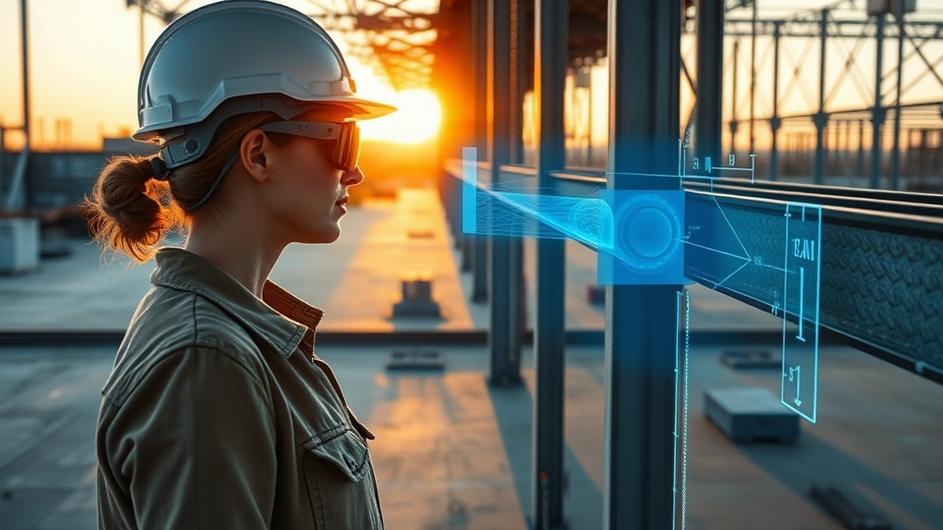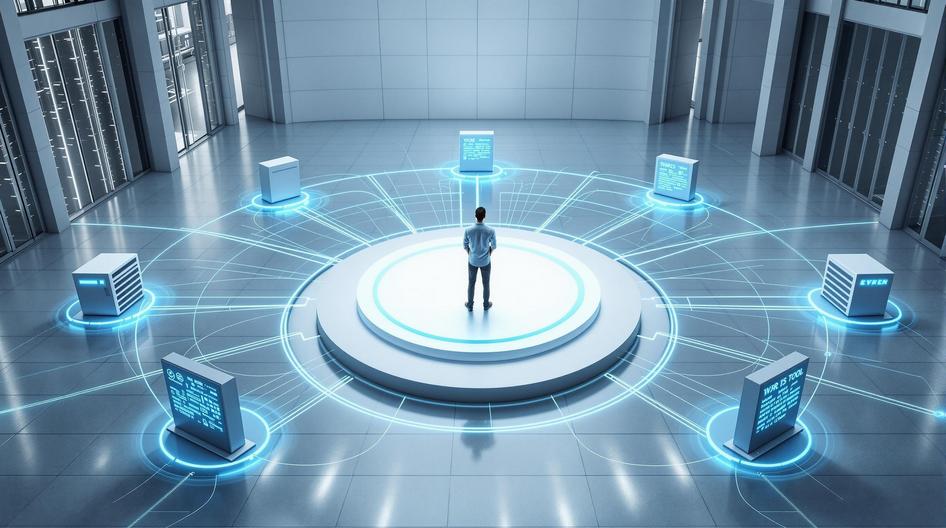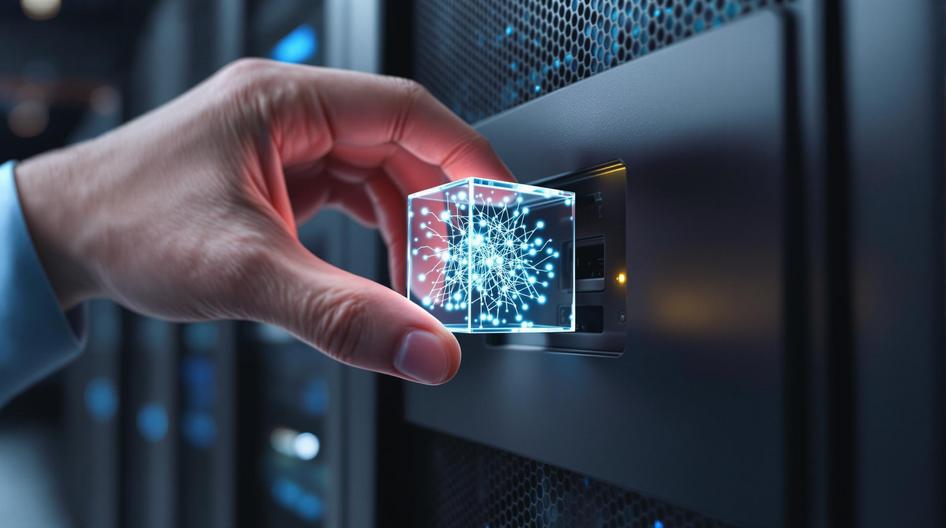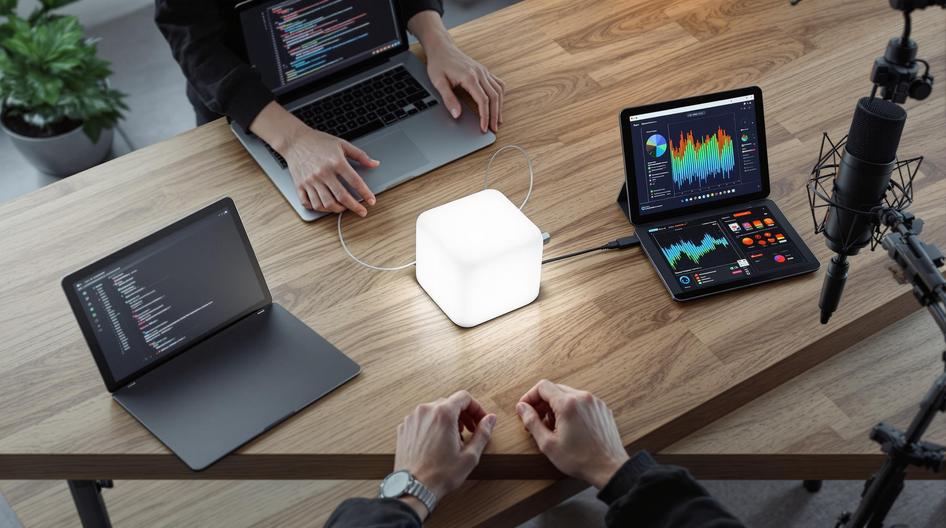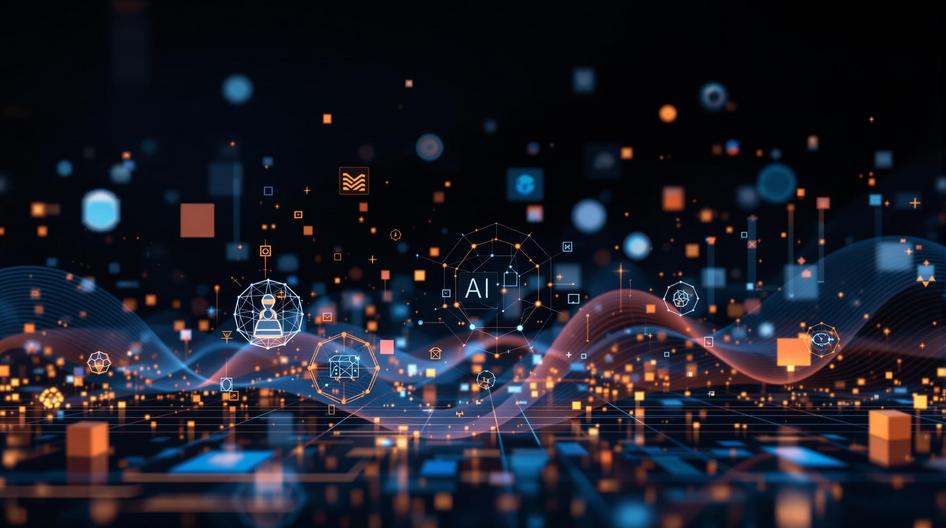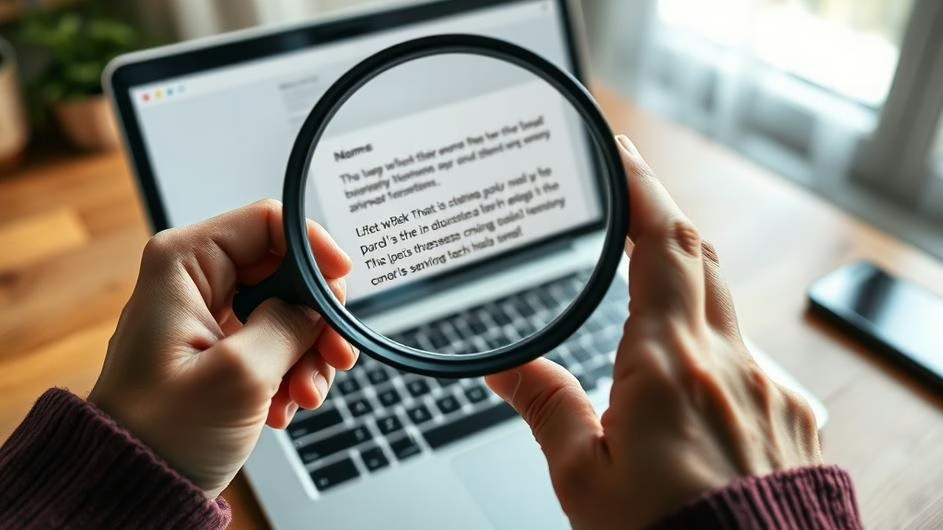
AI’s Growing Reach: Reshaping Industries and Defining Our Future
Artificial intelligence is no longer just a buzzword bouncing around tech circles; it’s quietly and quickly becoming a fundamental part of our world. Its impact is spreading across almost every sector, changing the way we work, solve problems, and even move around. From the factory floor to the invisible world of cybersecurity, AI is sparking a new wave of innovation that brings both incredible opportunities and serious questions. Let’s explore how these changes are unfolding and what they mean for us. This isn’t just about futuristic robots, it’s about understanding the real-world shifts happening right now and beyond the hype how artificial intelligence is shaping our future.
Smarter Factories on the Production Line
The idea of a “smart factory” isn’t science fiction anymore. On today’s manufacturing floors, AI-powered automation is a game-changer. These systems aren’t just building things faster; they’re making the entire production process more intelligent. Machine learning algorithms analyze torrents of data from sensors on machinery, predicting when a part might fail before it breaks down. Imagine a production line that fixes itself to prevent delays. This saves manufacturers a fortune in downtime and repair costs, all while improving the quality of the products. For instance, companies are already launching AI solutions that can automate up to 80% of a specific workflow, showcasing how AI agents can manage complex processes from start to finish. This shift also redefines the role of human workers, moving them away from tedious, repetitive tasks toward more strategic roles that require critical thinking and creativity.
The Digital Arms Race in Cybersecurity
As our world becomes more connected, the threats we face online are growing more sophisticated. Old-school cybersecurity methods are struggling to keep up with the sheer volume and complexity of modern cyberattacks. This is where AI steps in as a powerful defender. AI systems can monitor millions of network events in real time, spotting the faint signals of a security breach that a human analyst might miss. They learn and adapt to new threats on the fly, offering a proactive shield instead of a reactive cleanup.
But here’s the catch: what happens when attackers use AI, too? We’re now seeing a high-stakes technological arms race where AI-driven defense systems are pitted against AI-powered attack tools. This constant back-and-forth pushes the boundaries of the evolving cybersecurity landscape and demands that security professionals stay ahead of the curve. It’s not just about building a stronger wall, it’s about building a smarter one.
Search Engines That Understand, Not Just Match
Remember when you had to type a few specific keywords into a search bar and hope for the best? Those days are fading fast. Thanks to AI, search technology has become far more intuitive. Modern search engines use natural language processing (NLP) to understand what you mean, not just what you type. You can ask complex questions in plain English, and the AI will interpret the context and intent behind your query. This is powered by large language models (LLMs), the same technology behind conversational AI like chatbots. In fact, the open-source community is making it easier than ever for developers to experiment with and self-host LLMs, pushing innovation even faster. For businesses, this smarter search capability is transforming customer service, internal knowledge management, and how they uncover valuable insights from data.

Transportation Gets an Autonomous Upgrade
The dream of self-driving cars is steadily becoming a reality. Autonomous vehicles are moving out of the lab and onto our streets, and AI is the engine driving this revolution. These vehicles use a combination of cameras, lidar, and radar to build a detailed, 360-degree view of the world around them. Machine learning models process this information to navigate tricky traffic, predict what a pedestrian might do next, and react faster than a human ever could. The potential benefits are huge, promising fewer accidents, cleaner emissions, and greater mobility for people who can’t drive. But the impact of autonomous vehicles extends beyond personal cars. AI is also optimizing entire supply chains by predicting demand, managing delivery fleets, and planning the most efficient routes to save fuel and time.
Who Makes the Rules? AI, Policy, and Governance
With all this rapid progress, a crucial question arises: who is setting the rules for AI? The technology is developing so quickly that it’s often outpacing our ability to govern it. Governments around the world are trying to find the right balance between encouraging innovation and protecting against the risks. There are tough ethical challenges to tackle. How do we ensure AI systems are free from bias? Who is legally responsible when an autonomous system makes a mistake? What about data privacy? Crafting effective policies is a massive undertaking, especially since AI doesn’t respect international borders. Finding a way to foster responsible AI development is one of the most significant challenges for both policymakers and tech leaders today as they navigate the rising ethical tide of this powerful technology.
What’s Around the Corner?
If you look closely at these interconnected trends, a bigger picture emerges. The efficiency gains in manufacturing rely on the same digital infrastructure that AI-powered cybersecurity protects. The data that fuels autonomous cars is processed using techniques similar to those that power smarter search engines. This holistic view is key to understanding where we’re headed.
The next wave of AI is already on its way, with trends like generative AI, edge computing, and explainable AI promising even more profound changes. We’re seeing a surge in startups that automate the infrastructure for building AI agents, making this technology more accessible than ever. Major companies are also rolling out platforms that let their own teams build custom generative AI agents to solve specific business problems. As AI becomes more deeply woven into our lives, the need for open conversation between the people creating the tech, the leaders governing it, and the public using it has never been more important.
The choices we make today about how we develop and integrate AI will have a lasting impact. By staying informed and engaged, we can help steer this transformation toward a future where technology amplifies human potential responsibly and equitably. It’s a massive task, but one we all have a stake in getting right. The next leap in business transformation and security is already here, and it’s up to us to shape it.
Sources
- “How AI is Transforming Manufacturing,” IndustryTech Journal, March 2024
- “The New Frontline: AI in Cybersecurity Defense,” Cybersecurity Today, February 2024
- “Revolutionizing Search with Artificial Intelligence,” Search Innovations Quarterly, January 2024
- “AI and Autonomous Vehicles: The Road Ahead,” Transport Tech Review, April 2024
- “Policy Challenges in the Age of AI,” Global Tech Policy Watch, March 2024


